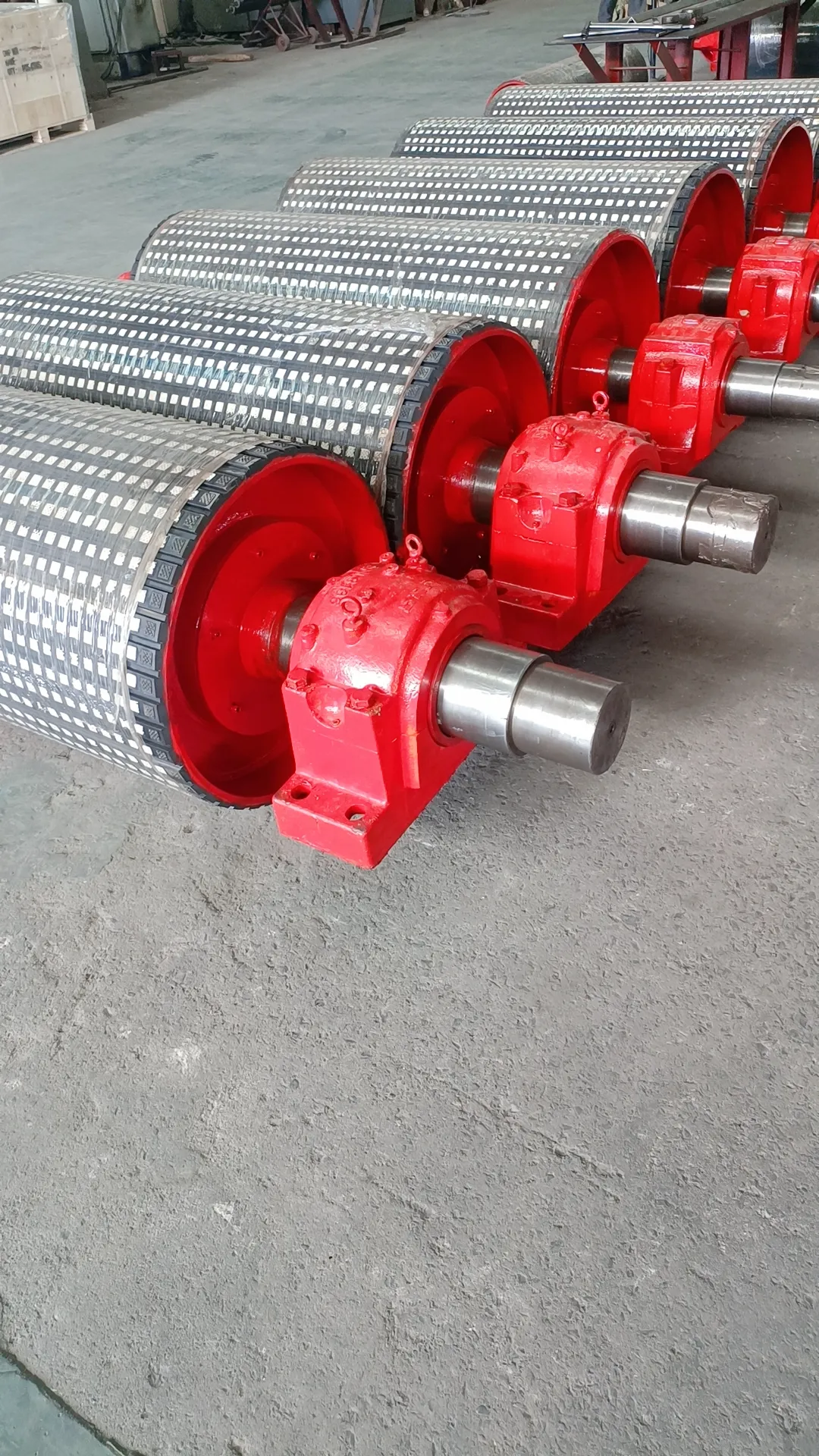 Afrikaans
Afrikaans  Albanian
Albanian  Amharic
Amharic  Arabic
Arabic  Armenian
Armenian  Azerbaijani
Azerbaijani  Basque
Basque  Belarusian
Belarusian  Bengali
Bengali  Bosnian
Bosnian  Bulgarian
Bulgarian  Catalan
Catalan  Cebuano
Cebuano  Corsican
Corsican  Croatian
Croatian  Czech
Czech  Danish
Danish  Dutch
Dutch  English
English  Esperanto
Esperanto  Estonian
Estonian  Finnish
Finnish  French
French  Frisian
Frisian  Galician
Galician  Georgian
Georgian  German
German  Greek
Greek  Gujarati
Gujarati  Haitian Creole
Haitian Creole  hausa
hausa  hawaiian
hawaiian  Hebrew
Hebrew  Hindi
Hindi  Miao
Miao  Hungarian
Hungarian  Icelandic
Icelandic  igbo
igbo  Indonesian
Indonesian  irish
irish  Italian
Italian  Japanese
Japanese  Javanese
Javanese  Kannada
Kannada  kazakh
kazakh  Khmer
Khmer  Rwandese
Rwandese  Korean
Korean  Kurdish
Kurdish  Kyrgyz
Kyrgyz  Lao
Lao  Latin
Latin  Latvian
Latvian  Lithuanian
Lithuanian  Luxembourgish
Luxembourgish  Macedonian
Macedonian  Malgashi
Malgashi  Malay
Malay  Malayalam
Malayalam  Maltese
Maltese  Maori
Maori  Marathi
Marathi  Mongolian
Mongolian  Myanmar
Myanmar  Nepali
Nepali  Norwegian
Norwegian  Norwegian
Norwegian  Occitan
Occitan  Pashto
Pashto  Persian
Persian  Polish
Polish  Portuguese
Portuguese  Punjabi
Punjabi  Romanian
Romanian  Russian
Russian  Samoan
Samoan  Scottish Gaelic
Scottish Gaelic  Serbian
Serbian  Sesotho
Sesotho  Shona
Shona  Sindhi
Sindhi  Sinhala
Sinhala  Slovak
Slovak  Slovenian
Slovenian  Somali
Somali  Spanish
Spanish  Sundanese
Sundanese  Swahili
Swahili  Swedish
Swedish  Tagalog
Tagalog  Tajik
Tajik  Tamil
Tamil  Tatar
Tatar  Telugu
Telugu  Thai
Thai  Turkish
Turkish  Turkmen
Turkmen  Ukrainian
Ukrainian  Urdu
Urdu  Uighur
Uighur  Uzbek
Uzbek  Vietnamese
Vietnamese  Welsh
Welsh  Bantu
Bantu  Yiddish
Yiddish  Yoruba
Yoruba  Zulu
Zulu belt conveyor roller types
Types of Belt Conveyor Rollers An Overview
Belt conveyor systems are essential components in many industries, facilitating the efficient transport of materials over varied distances. One key element in these systems is the conveyor roller, which plays a critical role in supporting and guiding the belt. Understanding the different types of belt conveyor rollers is crucial for selecting the appropriate components for specific applications.
1. Idler Rollers
Idler rollers are among the most common types of rollers used in belt conveyors. Their primary function is to support the weight of the conveyor belt and the materials being transported. Idler rollers can be further classified into three categories carrying idlers, return idlers, and impact idlers.
- Carrying Idlers These rollers are located along the path where the bulk material is delivered on the belt. They help provide support and ensure that the belt maintains its shape while transporting goods.
- Return Idlers Positioned at the back of the conveyor, return idlers keep the empty portion of the belt in place as it returns to the loading point. This is essential for maintaining the overall efficiency of the conveyor system.
- Impact Idlers These rollers are strategically placed at loading points to absorb the shock and impact of materials being dropped onto the belt. By minimizing the impact, they help prolong the life of both the belt and the entire system.
2. Drive Rollers
Drive rollers, also known as head pulleys, are crucial for the movement of the belt. They are connected to a motor and provide the necessary traction to move the conveyor system. Drive rollers can come in various configurations, including
- Smooth Drive Rollers These rollers have a smooth surface that allows the belt to grip properly without slippage. They are primarily used in applications where the conditions are less demanding.
- Textured Drive Rollers For applications where a better grip is needed, textured or ribbed drive rollers are used. Their unique surface increases friction, effectively preventing belt slippage.
3. Return Rollers
belt conveyor roller types

Return rollers serve a specific function to support the underside of the conveyor belt as it returns. These rollers are critical in maintaining the tension of the belt and ensuring it remains aligned during its return journey. There are several types of return rollers
- Standard Return Rollers These are basic cylindrical rods that provide support uniformly along the belt’s return path
.- Rubber-Lagged Return Rollers These rollers are coated with rubber to enhance traction and reduce wear, making them ideal for heavier loads.
4. Specialized Rollers
In addition to the standard roller types, there are also specialized rollers designed for specific applications
- Self-Cleaning Rollers These rollers have a design that prevents material buildup, making them ideal for operations where sticky materials are conveyed.
- High-Temperature Rollers In industries dealing with high temperatures, special rollers can be used to withstand extreme conditions without degrading.
- Guard Rollers These additional rollers are installed to keep the belt aligned and prevent it from slipping off the sides, particularly in steep or curved applications.
5. Choosing the Right Roller
Selecting the right conveyor roller depends on various factors, including the type of materials being transported, the operational environment, and the layout of the conveyor system. It is essential to consider factors such as load capacity, safety, and maintenance requirements when making a choice.
Conclusion
In summary, the various types of belt conveyor rollers—idler rollers, drive rollers, return rollers, and specialized rollers—play a vital role in the effective operation of conveyor systems. Understanding their functions and applications allows for informed choices that enhance efficiency, safety, and longevity of conveyor systems. By selecting appropriate rollers, industries can optimize their material handling processes, thereby increasing productivity and reducing operational costs. As the demand for efficient and reliable material transport continues to grow, advancements in roller technology will play an increasingly important role in the evolution of conveyor systems.
-
Revolutionizing Conveyor Reliability with Advanced Rubber Lagging PulleysNewsJul.22,2025
-
Powering Precision and Durability with Expert Manufacturers of Conveyor ComponentsNewsJul.22,2025
-
Optimizing Conveyor Systems with Advanced Conveyor AccessoriesNewsJul.22,2025
-
Maximize Conveyor Efficiency with Quality Conveyor Idler PulleysNewsJul.22,2025
-
Future-Proof Your Conveyor System with High-Performance Polyurethane RollerNewsJul.22,2025
-
Driving Efficiency Forward with Quality Idlers and RollersNewsJul.22,2025





























